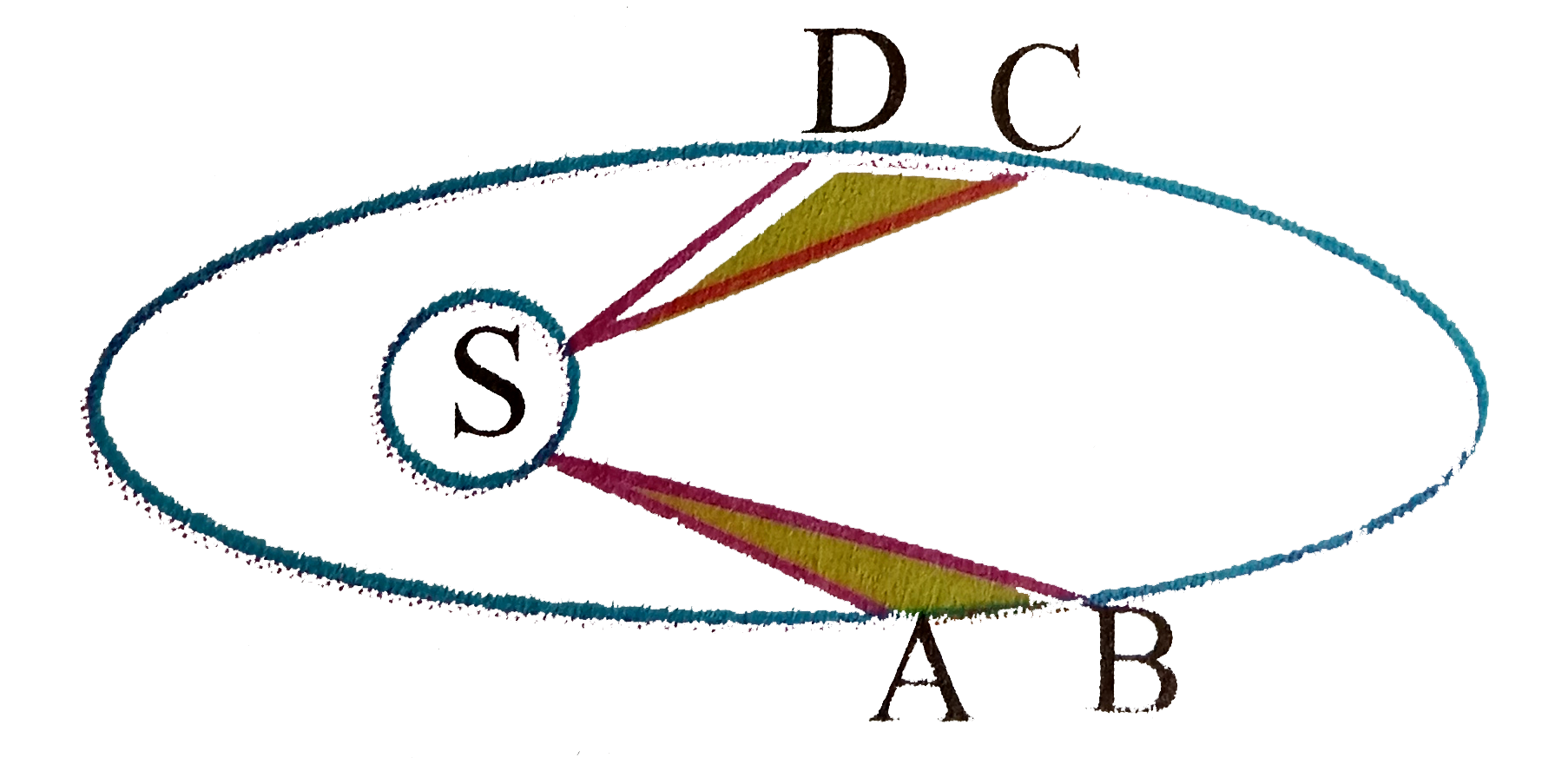Tides are formed mainly due to the gravitational force of attraction between water, the sun and the moon. Why are tides not created by the effect of other planets?
Step-by-Step Solution:
1. Understanding Tides: Tides are the periodic rise and fall of sea levels caused by the gravitational forces exerted by celestial bodies, primarily the Moon and the Sun, on the Earth's water bodies.
2. Role of the Moon and Sun: The Moon is the closest celestial body to Earth, and its gravitational pull has a significant effect on the water in the oceans. The Sun also exerts a gravitational force, but its effect is less than that of the Moon due to its greater distance.
3. Gravitational Force Equation: The gravitational force between two objects can be described by the formula:
F=G⋅M1⋅M2r2
where F is the gravitational force, G is the gravitational constant, M1 and M2 are the masses of the two objects, and r is the distance between their centers.
4. Distance and Gravitational Force: According to the formula, the gravitational force is inversely proportional to the square of the distance between the two objects. This means that as the distance increases, the gravitational force decreases significantly.
5. Distance of Other Planets: Other planets in the solar system are much farther away from Earth compared to the Moon. As a result, the gravitational force exerted by these planets on Earth is very weak.
6. Negligible Effect: Although the other planets do exert some gravitational force on Earth, their distance makes this force negligible. Therefore, their influence on tides is so minor that it cannot be observed.
7. Conclusion: Tides are primarily influenced by the Moon and, to a lesser extent, by the Sun due to their proximity to Earth. The gravitational effects of other planets are too weak to create noticeable tides.
---
F=G⋅M1⋅M2r2
where F is the gravitational force, G is the gravitational constant, M1 and M2 are the masses of the two objects, and r is the distance between their centers.
Topper's Solved these Questions
- OUR UNIVERSE BOOK - PEARSON IIT JEE FOUNDATIONCHAPTER - OUR UNIVERSE EXERCISE - ASSESSMENT TEST (TEST 1)
16 Videos
- OUR UNIVERSE BOOK - PEARSON IIT JEE FOUNDATIONCHAPTER - OUR UNIVERSE EXERCISE - ASSESSMENT TEST (TEST 2)
14 Videos
- OUR UNIVERSE BOOK - PEARSON IIT JEE FOUNDATIONCHAPTER - OUR UNIVERSE EXERCISE - CONCEPT APPLICATION (LEVEL-1)
33 Videos
- MOCK TESTBOOK - PEARSON IIT JEE FOUNDATIONCHAPTER - MOCK TESTEXERCISE - MULTIPLE CHOICE QUESTION
25 Videos
- SOUNDBOOK - PEARSON IIT JEE FOUNDATIONCHAPTER - SOUNDEXERCISE - ASSESSMENT TESTS (TEST -2)
14 Videos
Similar Questions
The Earth is acted upon by the gravitational force of attraction due to the sun. They why does the Earth not fall towards sun?
View SolutionIt is well known that there exists a gravitational force of attraction between the Earth and the sun. Then, why does the Earth not collide with the sun? Is it possible for three bodies of equal mass to be at rest relative to each other? Explain.
View Solution
Knowledge Check
Tides are formed due to gravitational force of
ASun on earthBMoon on earthCEarth on moonDPlanets on earthThe motion of a planet around sun in an elliptical orbit is shown in the following figure. Sun is situated at one focus. The shaded areas are equal. If the planet takes time t1 and l2 in moving from A to B and from C to D respectively, then
 A3GMmaB5GMmaCGMmaDnone of the above
A3GMmaB5GMmaCGMmaDnone of the aboveThe motion of a planet around sun in an elliptical orbit is shown in the following figure. Sun is situated at one focus. The shaded areas are equal. If the planet takes time t1 and l2 in moving from A to B and from C to D respectively, then
 A−3GMm4aB−3GMm8aC−GMm5aDnone of these
A−3GMm4aB−3GMm8aC−GMm5aDnone of these
Can gravitational force act on even farther objects like the other planets and the Sun?
View SolutionImagine a light planet revolving around a very massive star in a circular orbit of radius r with a period of revolution T.If the gravitational force of attraction between the planet and the star is proportional to r−3 ,then the square of the time period will be proportional to
View SolutionTwo spheres of the same material and same radius "r" are touching each other. If the gravitational force of attraction between them is directly proportional to r^4, then the value of n is
View SolutionTwo bodies A and B of masses 50 kg and 100 kg are kept at a distance of 2 m on the surface of the earth. The gravitational force of attraction between them is F. A and B are then taken to the moon and are kept at the same distance of 2 m. The acceleration due to gravity on the surface of the moon =g6, where g is the acceleration due to gravity on the earth. What will be the gravitational force of attraction between A and B on the surface of the moon ?
View SolutionIn a hypothetical concept, electron of mass me revolves around nucleus due to gravitational force of attraction between electron and proton of mass mp. If the radius of circular path of electron is r, then the speed of electron is
View Solution
